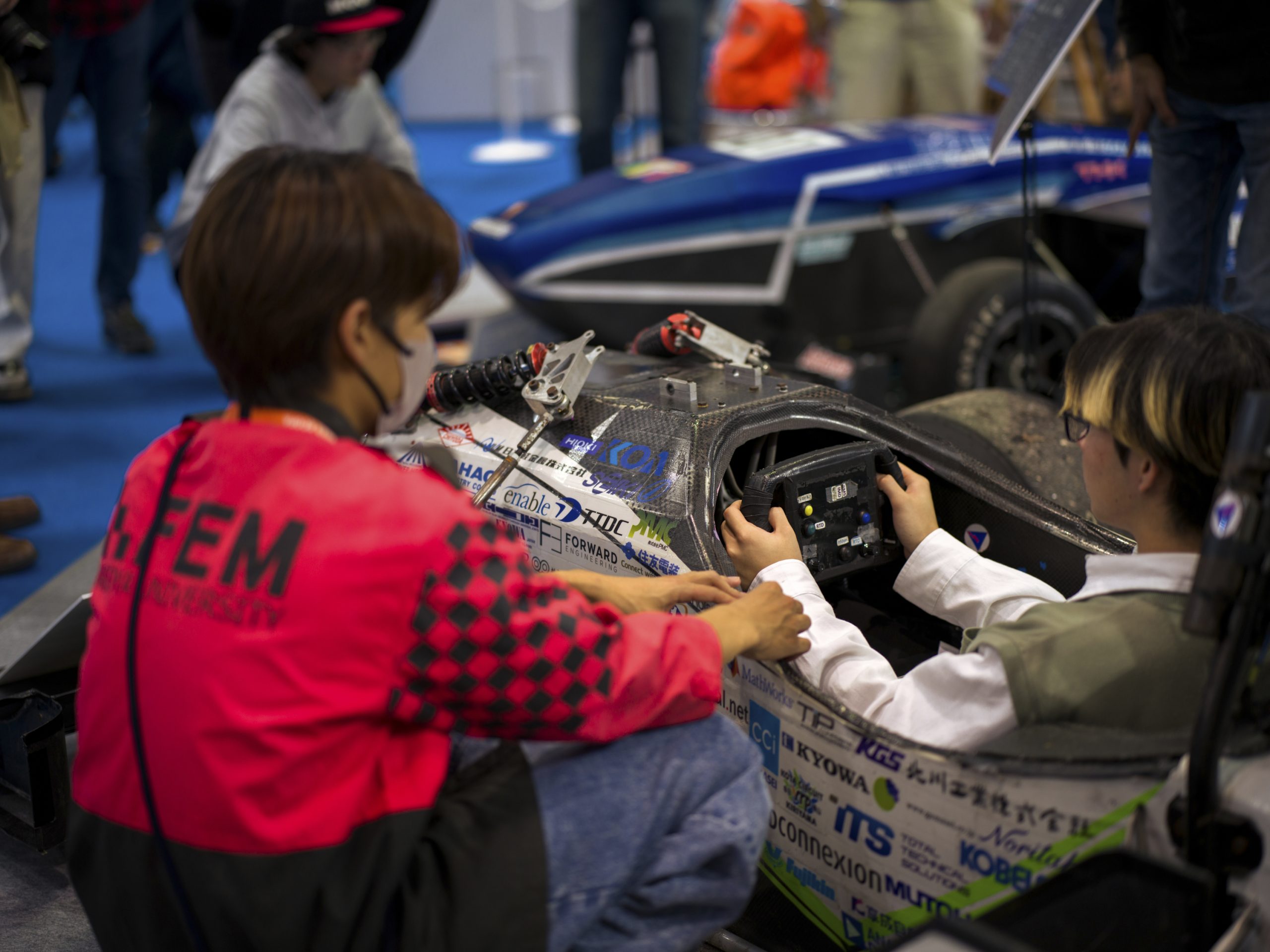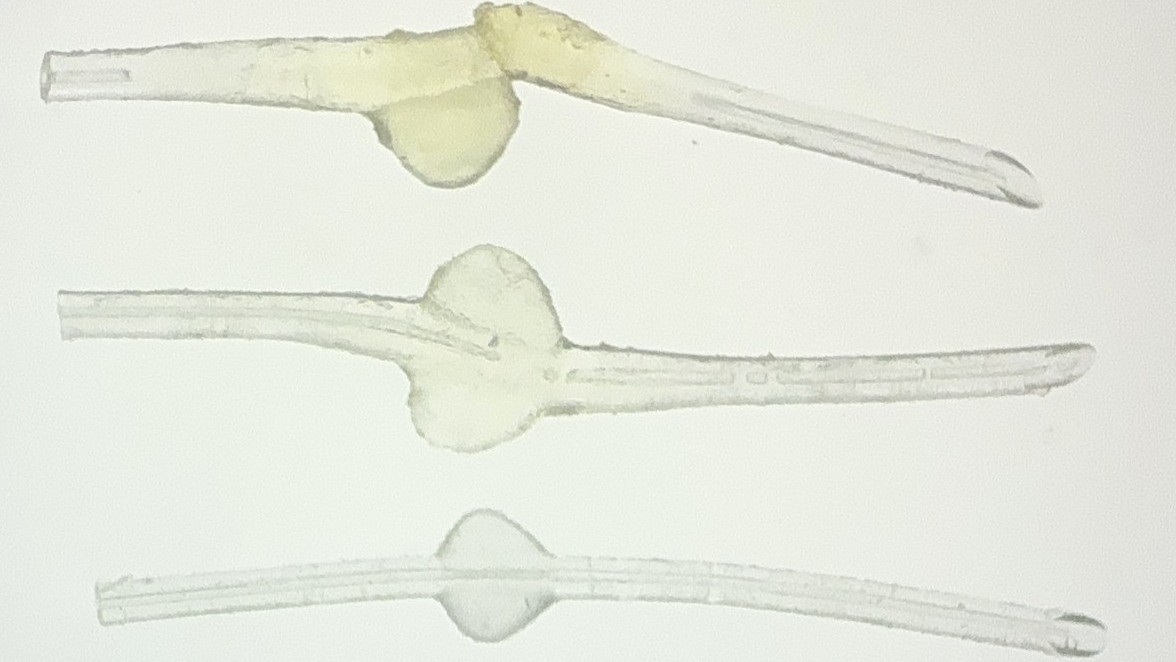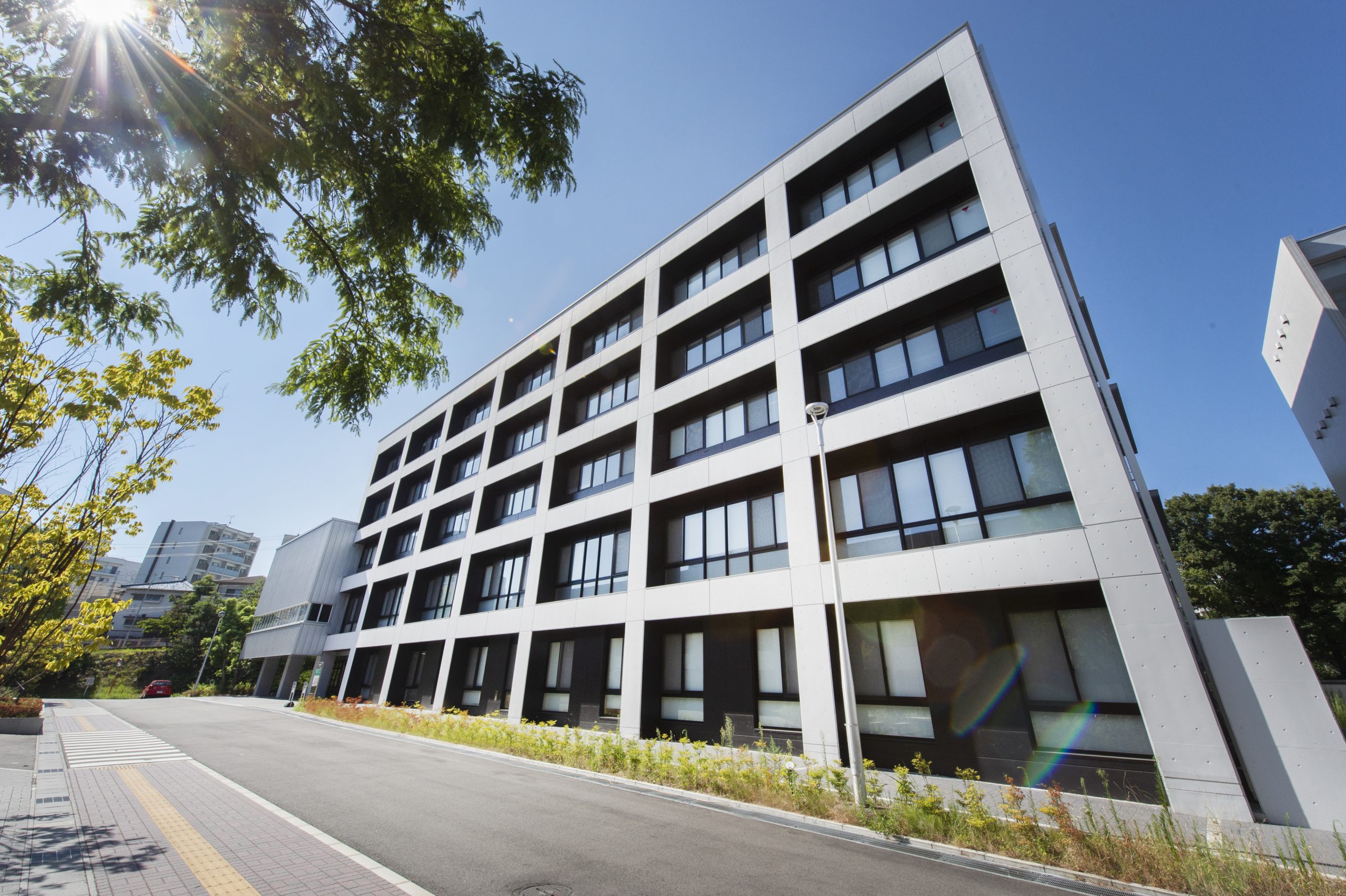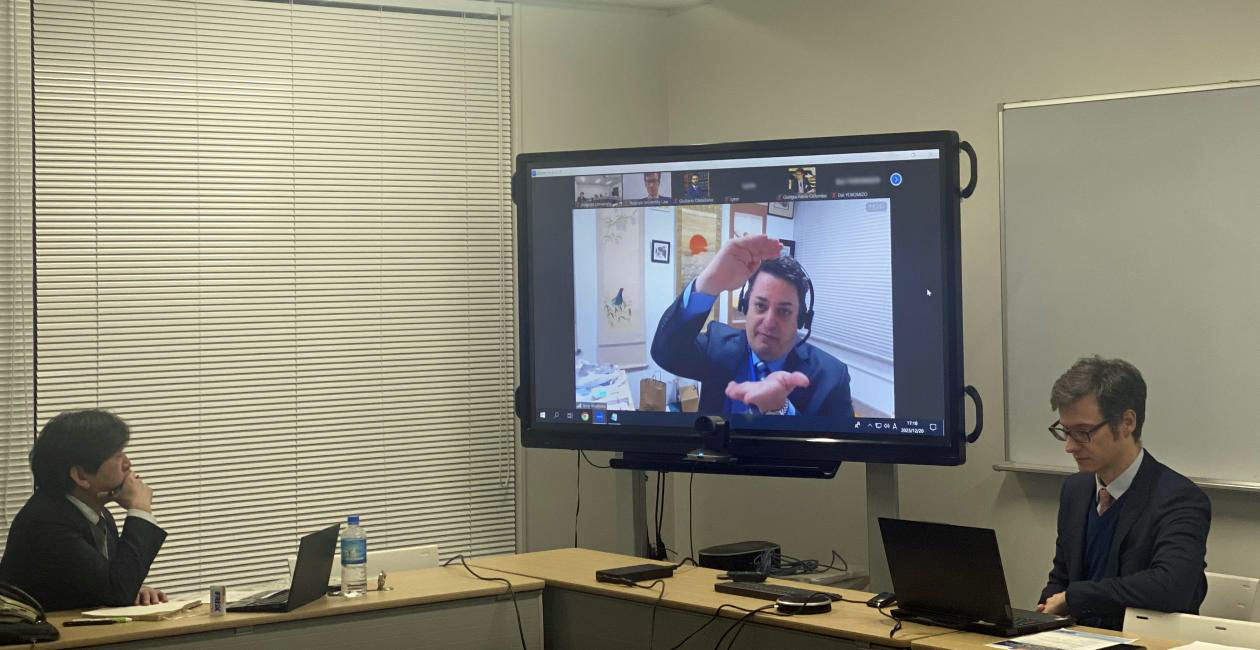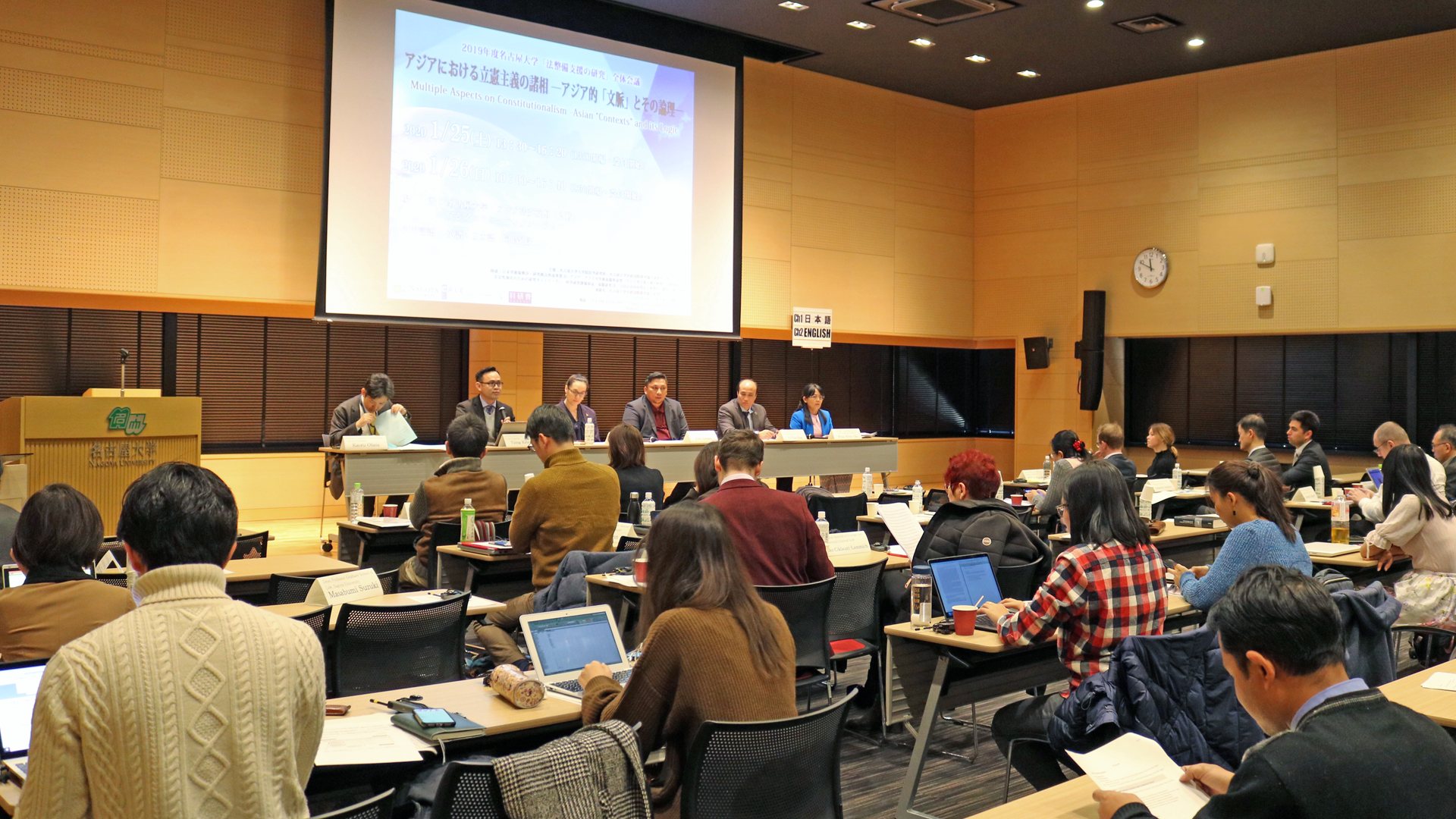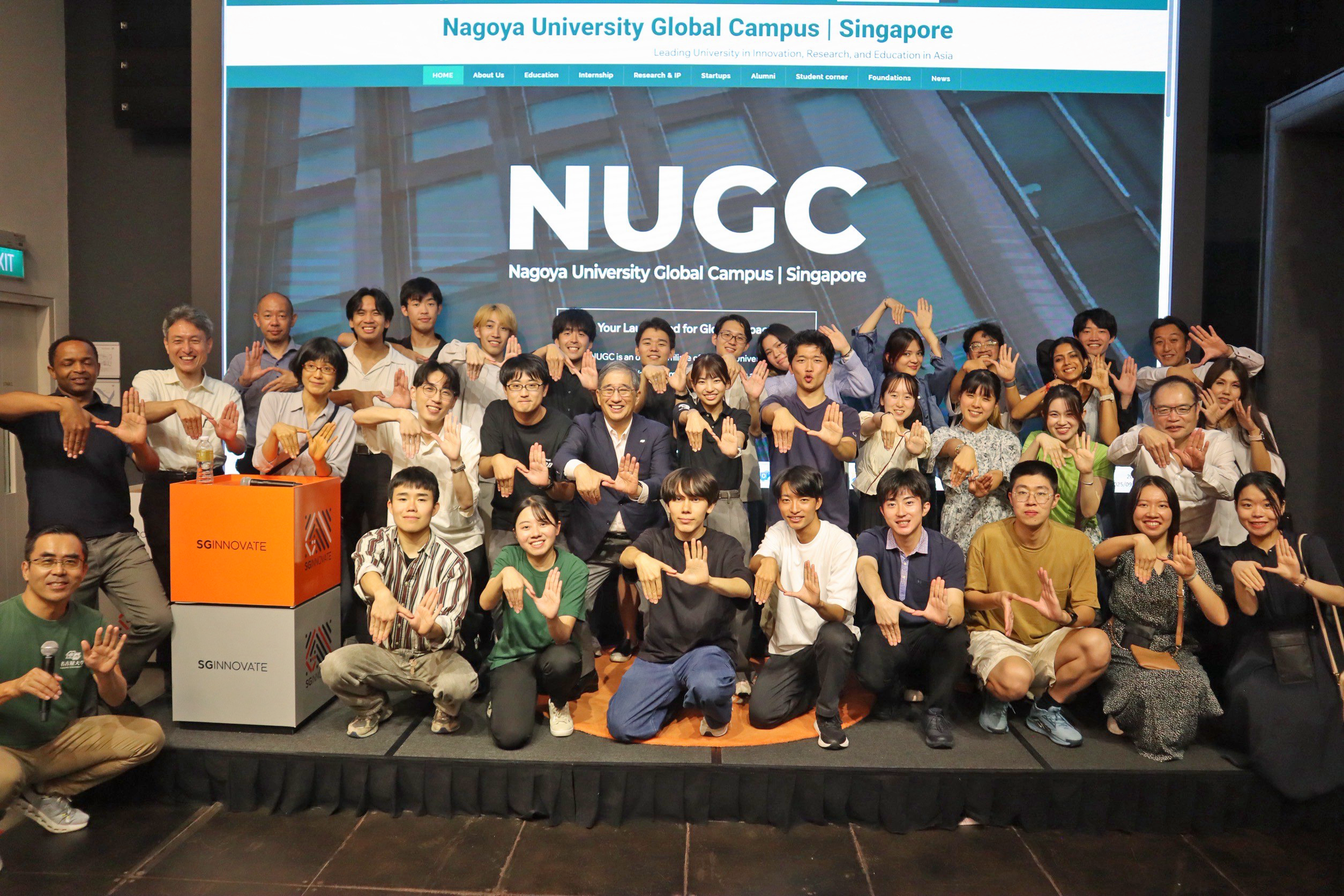News & Events
News
Category
Researcher
-
 NORINAGA KoyoInstitutes of Innovation for Future Society, Research Center for Net Zero Carbon Society
NORINAGA KoyoInstitutes of Innovation for Future Society, Research Center for Net Zero Carbon Society -
YOKOMIZO DaiGraduate School of Law, Department of the Combined Graduate Program in Law and Political Science, International Comparative Law and Political Science
-
SUKHBAATAR MolomGlobal Multi-Campus Institute
-
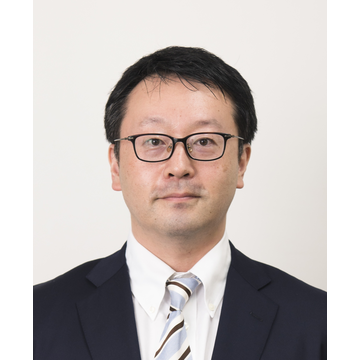 YUKI KenyaGraduate School of Medicine, Program in Integrated Medicine, Head and Neck and Sensory Organ Medicine
YUKI KenyaGraduate School of Medicine, Program in Integrated Medicine, Head and Neck and Sensory Organ Medicine -
NORO AtsushiGraduate School of Engineering, Molecular and Macromolecular Chemistry, 2
-
INOOKA TaigaNagoya University Hospital, Ophthalmology
Jobs
We use cookies
By clicking "Accept Cookies," you agree to the use of cookies to improve your user experience, optimize the site, produce statistics, and interact with social networks.
Our Site Policy



